10+ People Who Ended Up Uncovering the True Face of Their Partner

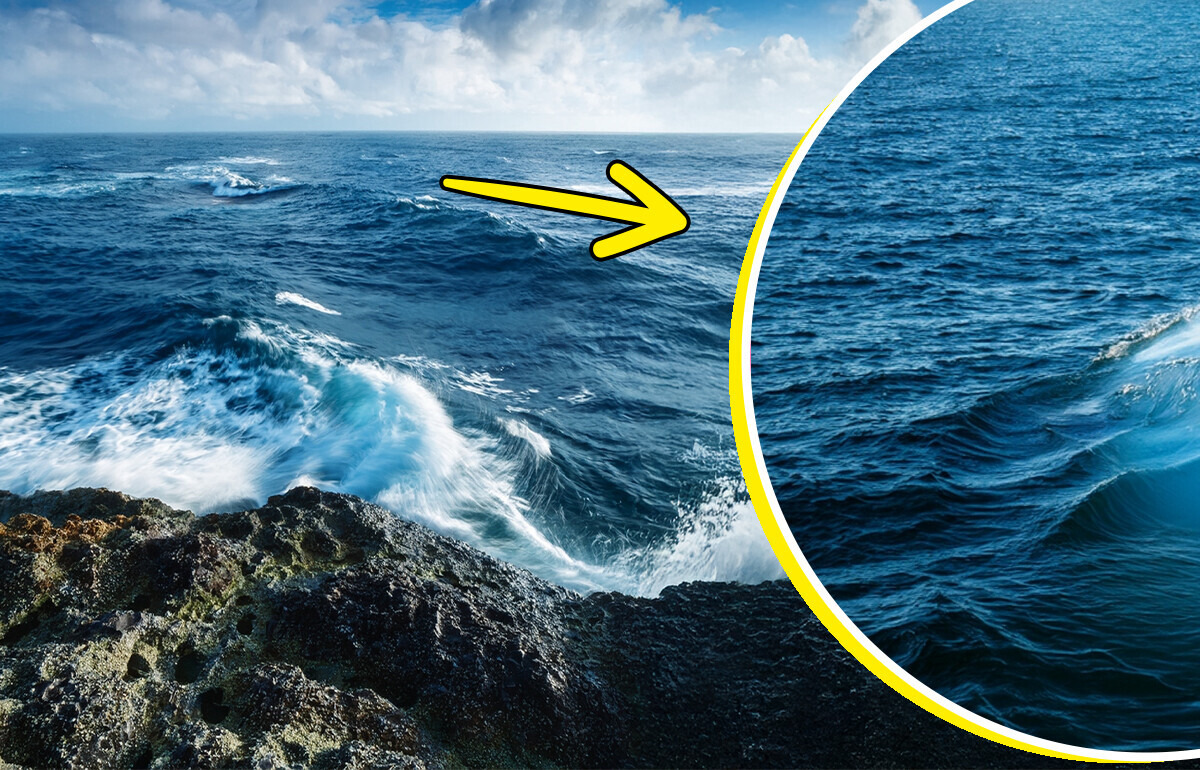
The world’s oceans are vast, complex, and still full of mysteries. Despite decades of research, scientists continue to uncover new insights about how the ocean works and how its many components interact.
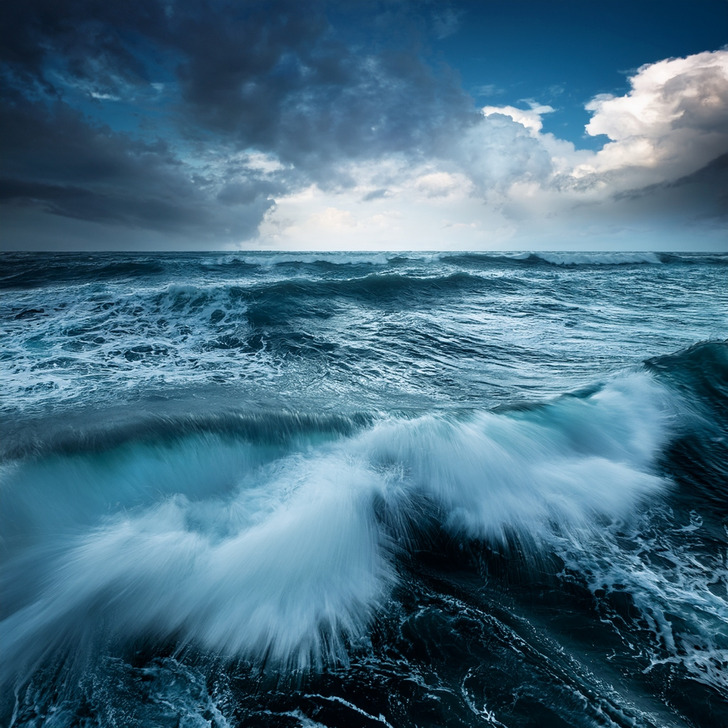
For years, scientists have known that the Pacific and Indian Oceans have something called equatorial water masses—big sections of ocean that sit along the equator and separate the waters to the north and south. But weirdly, they could never find anything like that in the Atlantic. It was like the Atlantic’s version had just... vanished.
Well, good news: it turns out it was there all along. Researchers finally found it, and they’ve even given it a name—Atlantic Equatorial Water, or AEW for short.
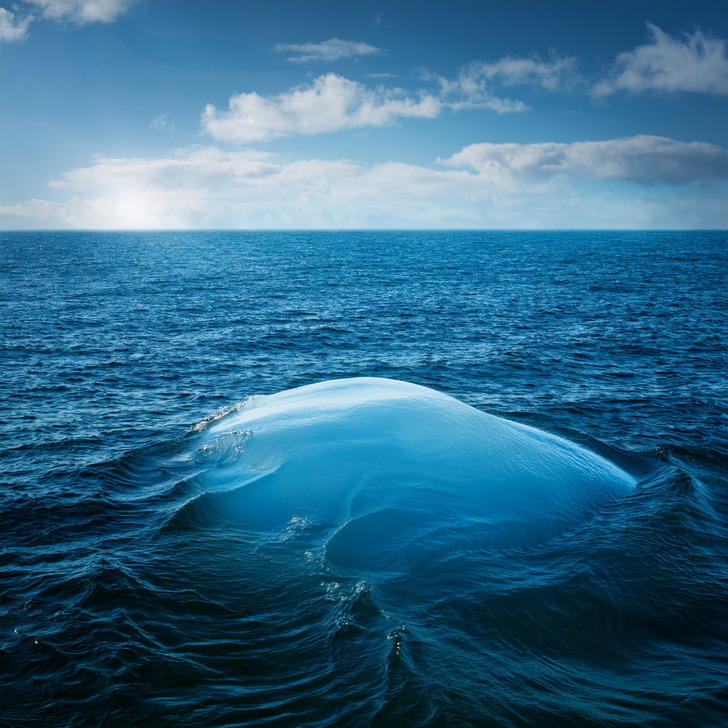
This newly identified water mass stretches all the way from the tip of Brazil to the Gulf of Guinea in West Africa. It’s a massive body of water tucked into the middle of the Atlantic, just chilling quietly along the equator, blending into the background—until now.
What makes it different is its unique blend of temperature and saltiness (called salinity), which gives it a distinct “signature” compared to the surrounding waters. That signature is how scientists know they’ve got a new water mass on their hands.
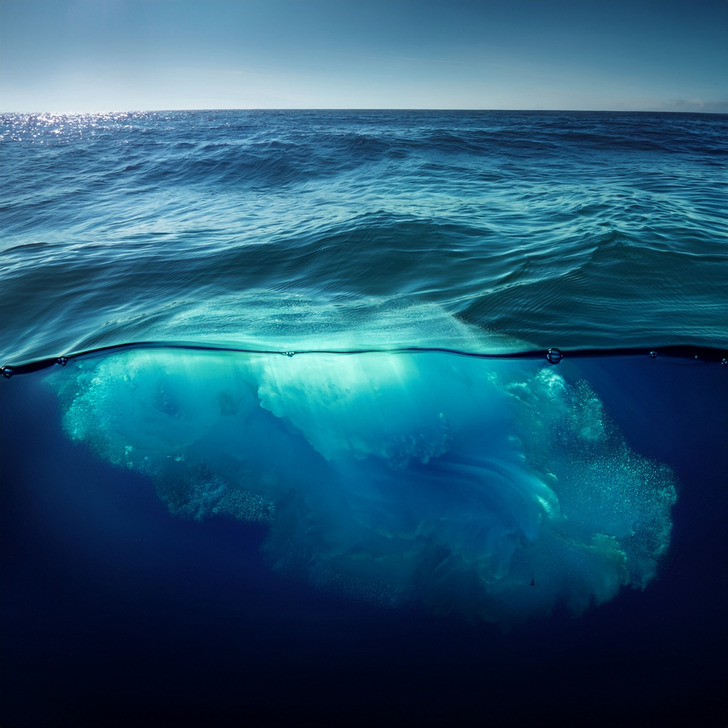
For a long time, oceanographers assumed this patch of ocean was just part of the South Atlantic Central Water, not its own thing. It blended in so well that spotting it required an oceanographic version of high-def vision: detailed, 3D maps based on temperature and salinity readings.
That’s where the Argo program comes in. This is a network of robotic floats that drift around the oceans, diving up and down to record water conditions like little submarine spies. Thanks to Argo’s data, scientists were able to piece together a super-detailed temperature-salinity diagram of the Atlantic. That’s when they noticed something strange and new: a previously overlooked curve that revealed the Atlantic Equatorial Water.
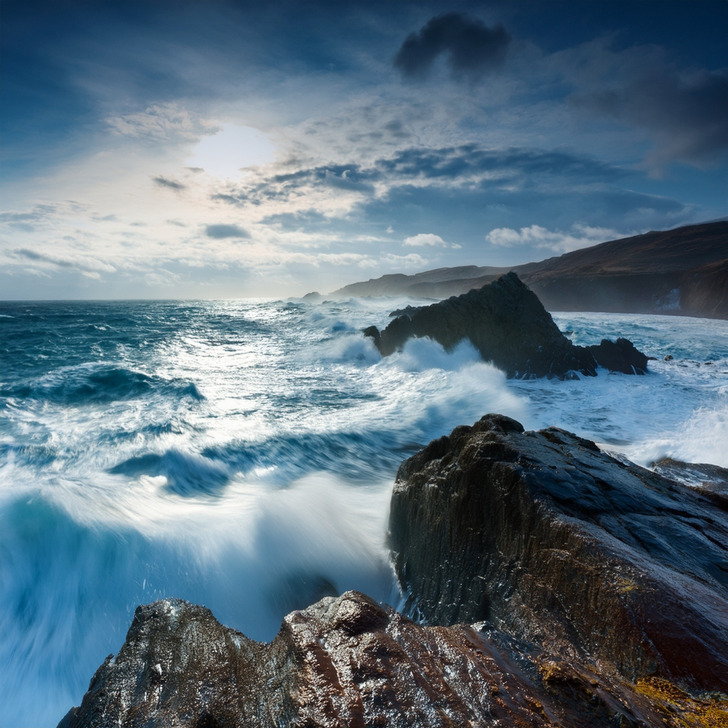
Finding AEW is more than just checking a box on the ocean bingo card. This discovery helps scientists better understand how oceans mix and move things like heat, oxygen, and nutrients around the planet. That mixing process plays a huge role in everything from weather patterns to climate change.
Plus, this discovery helps complete the global map of major water masses—so now we know that all three equatorial oceans (Pacific, Indian, and Atlantic) have their own versions of equatorial water.
In the words of Viktor Zhurbas, one of the scientists behind the discovery, this find helps “complete the phenomenological pattern” of the world’s ocean waters. Translation: we finally filled in a missing piece of a very big ocean puzzle.
As research tools and technologies improve, so too does our ability to observe and understand the ocean’s hidden dynamics. Continued exploration and study are essential—not only for expanding scientific knowledge, but also for addressing global environmental challenges. Every new discovery adds a valuable piece to the ever-evolving puzzle of our planet’s oceans.











